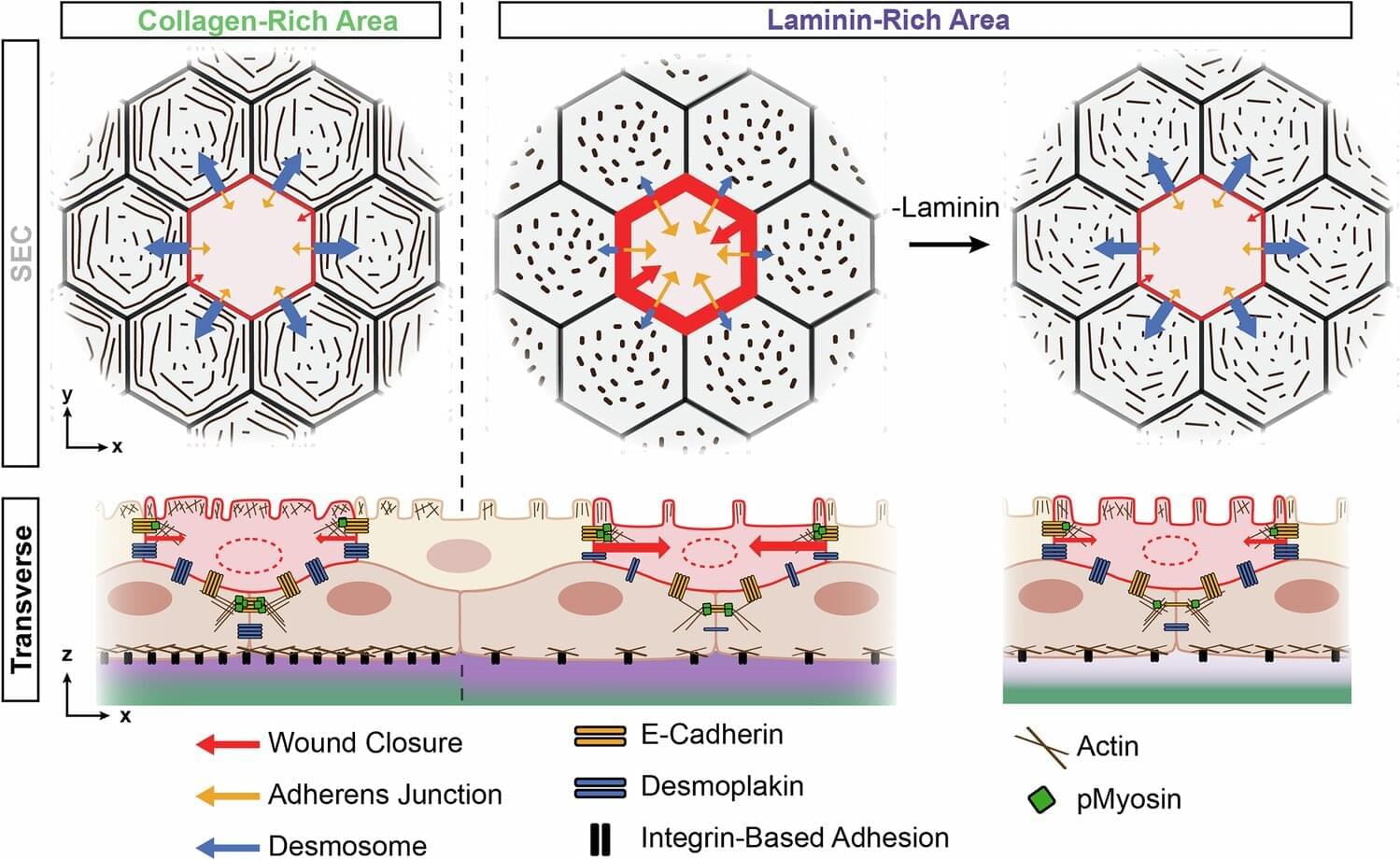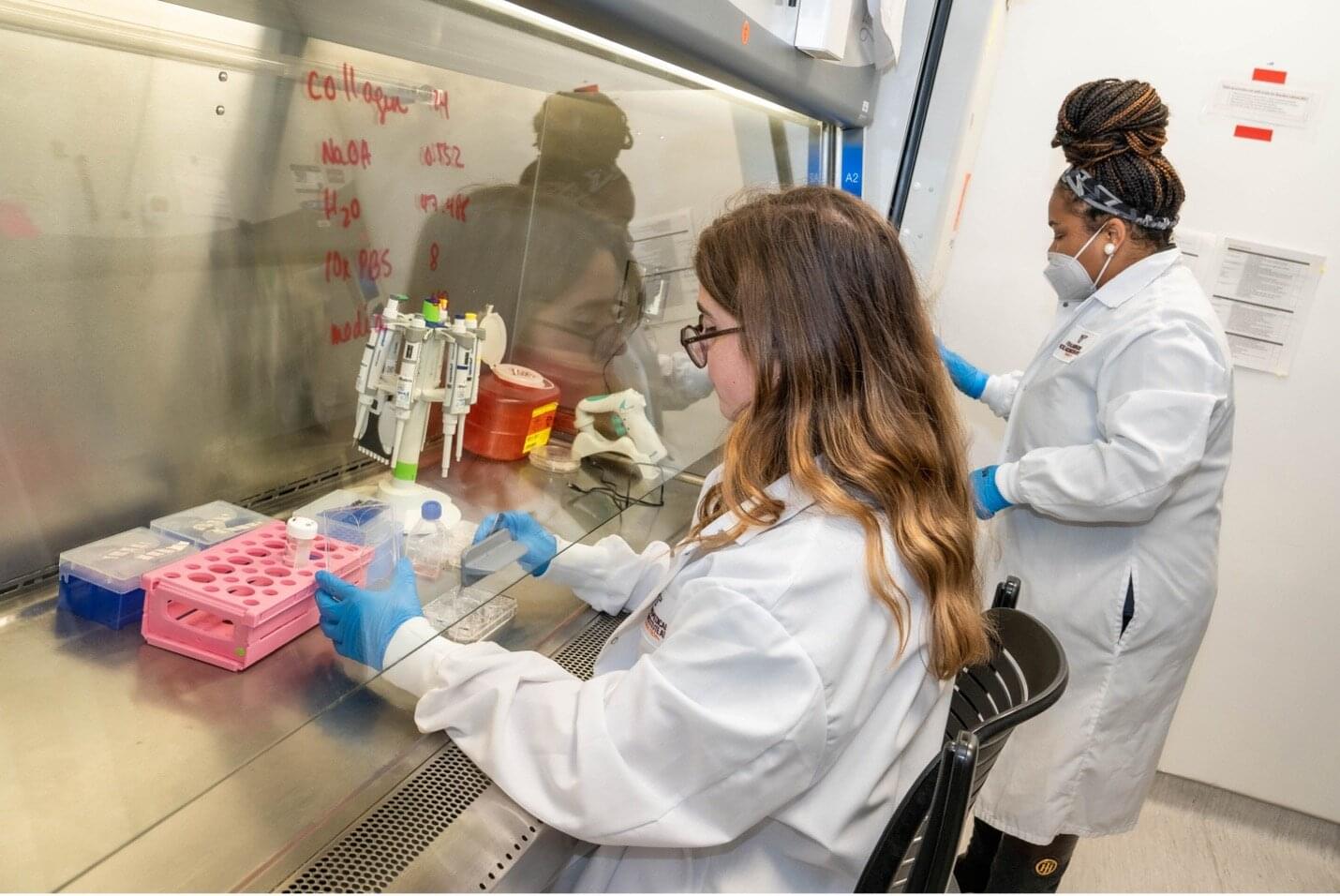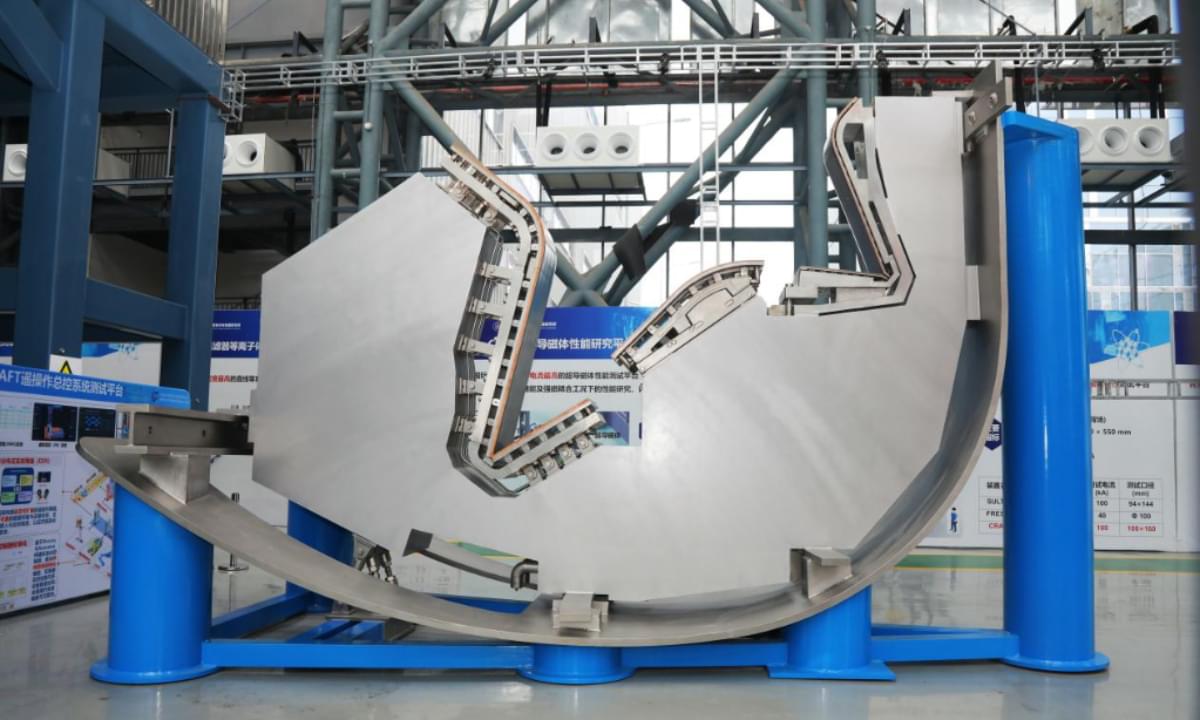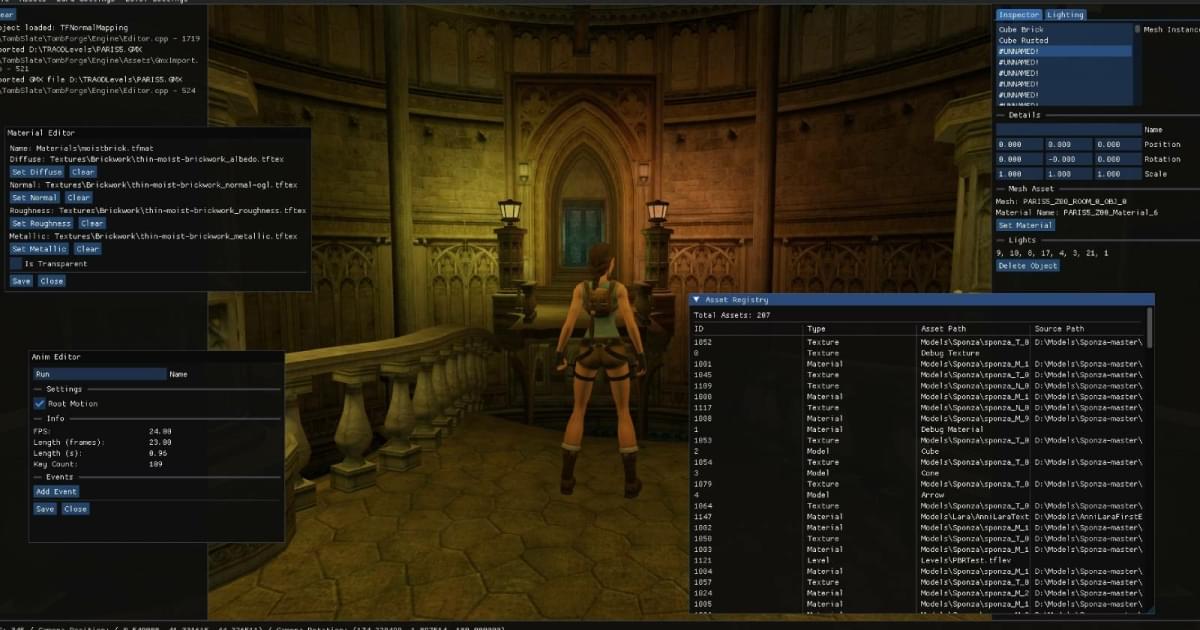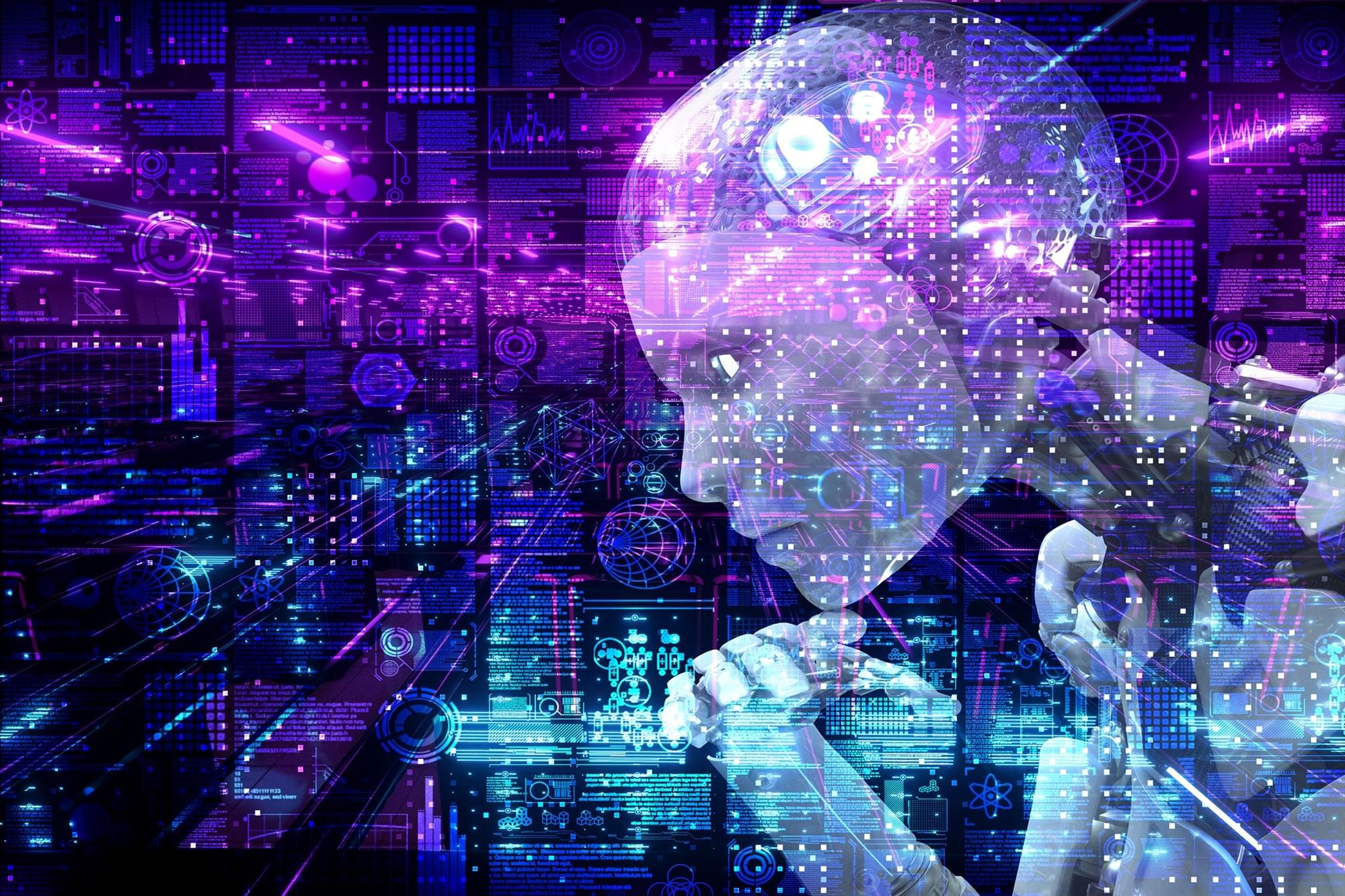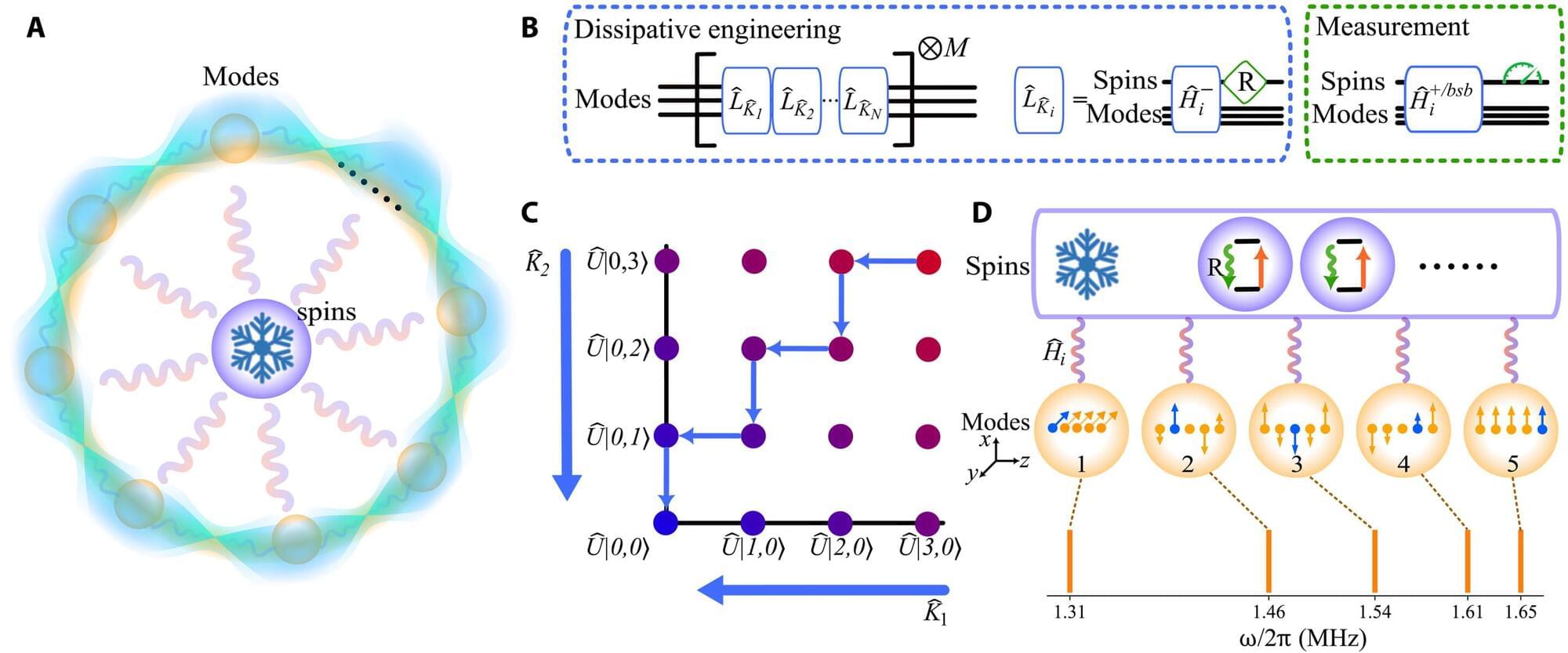Our skin protects us from everyday mechanical stresses, like friction, cuts, and impacts. A key part of this function—standing as a bulwark against the outside world—is the skin’s amazing ability to regenerate and heal. But where does this healing ability begin?
In a new study published in Nature Communications, an interdisciplinary team led by the laboratories of Kaelyn Sumigray, Ph.D., and Stefania Nicoli, Ph.D., discovered that, during the earliest stages of embryonic development, skin stem cells contribute to forming a protective skin layer that accelerates healing as the embryo grows.
Their findings reveal one of the earliest steps in how skin stem cells learn to repair tissue—knowledge that could help engineer improved skin grafts for transplantation.
